Skin Wellness




Botox’s precise targeting makes it ideal for treating horizontal forehead lines, ensuring smooth results without affecting other areas.
Real patient. Results may vary. Photos taken at maximum eyebrow elevation before and 30 days after treatment with BOTOX® Cosmetic.
In 2 clinical studies of healthy adults, 61% and 46% had a ≥ 2-grade improvement at day 30.1,*


Real patient. Results may vary. Photos taken at maximum eyebrow elevation before and 30 days after treatment with BOTOX® Cosmetic.
In 2 clinical studies of healthy adults, 61% and 46% had a ≥ 2-grade improvement at day 30.1,*
Botox’s strong muscle-relaxing properties are well-suited for deep vertical frown lines between the eyebrows, offering long-lasting results.
Real patient. Results may vary.
Photos taken at full smile before and 30 days after treatment with BOTOX® Cosmetic. In 2 clinical studies, 26.1% and 20.3% of adults had a ≥ 2-grade improvement at day 30. In one of these studies, 67.9% had mild or no crow’s feet lines at day 30 after treatment.1,*


Real patient. Results may vary.
Photos taken at full smile before and 30 days after treatment with BOTOX® Cosmetic. In 2 clinical studies, 26.1% and 20.3% of adults had a ≥ 2-grade improvement at day 30. In one of these studies, 67.9% had mild or no crow’s feet lines at day 30 after treatment.1,*
Botox works effectively in smaller, concentrated areas like the fine lines around the eyes.
Real patient. Results may vary.
Photos taken at maximum frown before and 30 days after treatment with BOTOX® Cosmetic. In clinical studies, physicians assessed 80% of adults had significant improvement at day 30; in the same studies, 89% of adults who were treated saw at least moderate improvement at day 30.1,*


Real patient. Results may vary.
Photos taken at maximum frown before and 30 days after treatment with BOTOX® Cosmetic. In clinical studies, physicians assessed 80% of adults had significant improvement at day 30; in the same studies, 89% of adults who were treated saw at least moderate improvement at day 30.1,*
Dysport’s wider diffusion makes it a great choice for treating wrinkles on the sides of the nose, as it covers these small but dynamic areas efficiently.


Dysport’s natural-looking results are ideal for subtle corrections around the mouth, maintaining a soft and youthful appearance.


Dysport’s diffusion properties help smooth lines running downward from the corners of the mouth without appearing overdone.


Dysport can address the orange peel-like texture with a subtle, natural effect, avoiding excessive stiffness in this delicate area.


Dysport’s ability to spread over larger areas makes it a better option for treating vertical neck bands, offering smooth, even results.


The primary difference between Botox and Dysport lies in their chemical structure and molecular composition, which influences how they spread, take effect, and treat specific areas.
The differences in molecular size and protein structure are why Botox and Dysport are used differently across facial areas, allowing practitioners to tailor treatments to the unique needs of each individual.
Lorem ipsum dolor sit amet, consectetur adipiscing elit, sed do eiusmod tempor incididunt ut labore et dolore magna aliqua. Ut enim ad minim veniam, quis nostrud exercitation ullamco laboris nisi ut aliquip ex ea commodo consequat. Duis aute irure dolor in reprehenderit in voluptate velit esse cillum dolore eu fugiat nulla pariatur.
Block quote
Ordered list
Unordered list
Bold text
Emphasis
Superscript
Subscript
Lorem ipsum dolor sit amet, consectetur adipiscing elit, sed do eiusmod tempor incididunt ut labore et dolore magna aliqua. Ut enim ad minim veniam, quis nostrud exercitation ullamco laboris nisi ut aliquip ex ea commodo consequat. Duis aute irure dolor in reprehenderit in voluptate velit esse cillum dolore eu fugiat nulla pariatur.
Block quote
Ordered list
Unordered list
Bold text
Emphasis
Superscript
Subscript


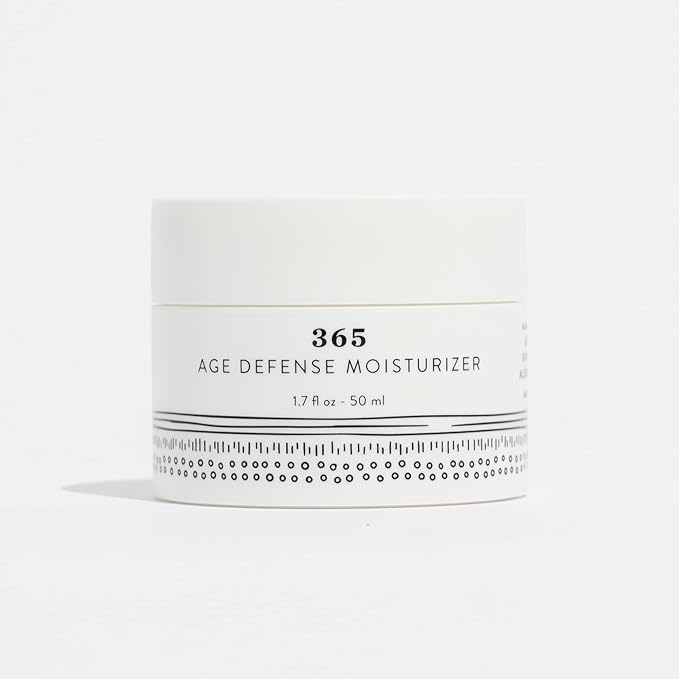

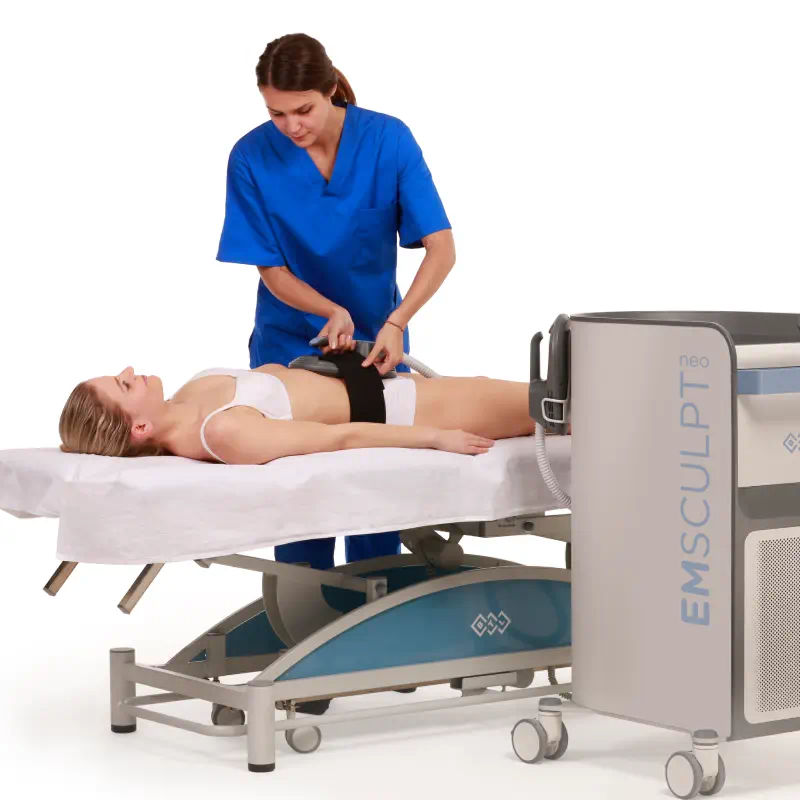
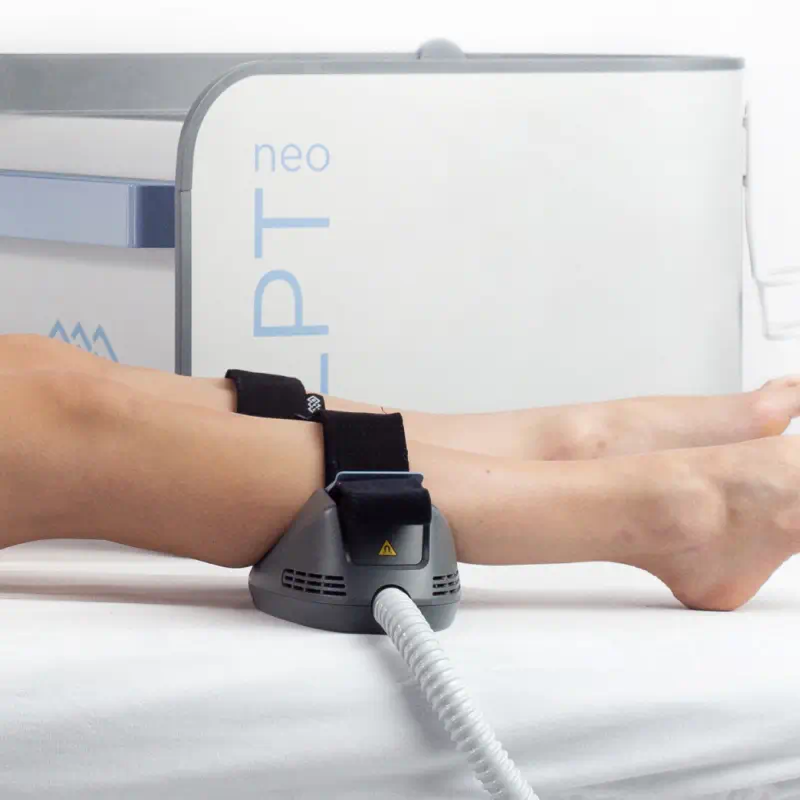
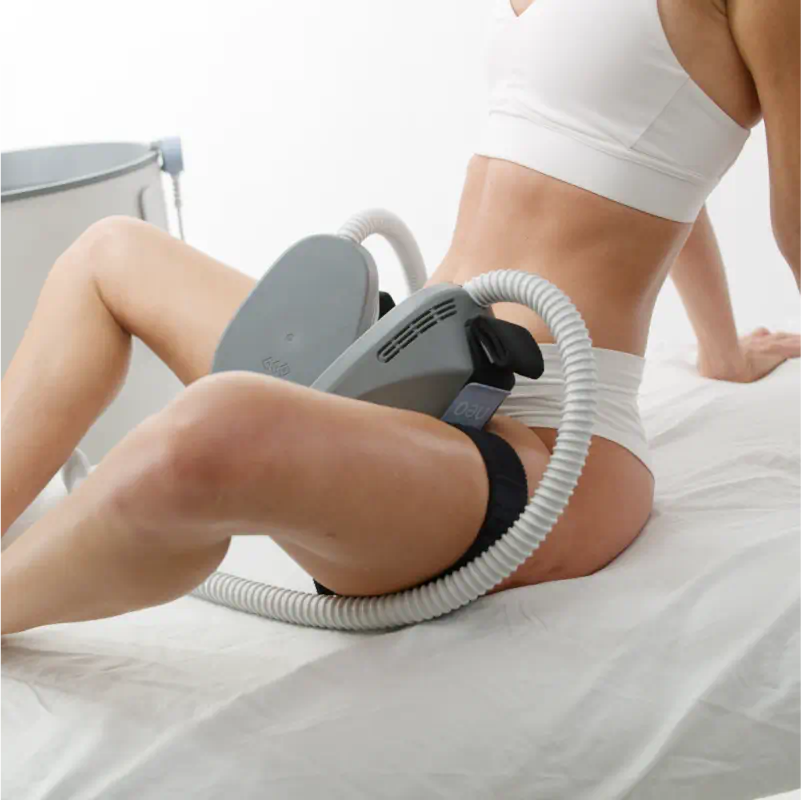
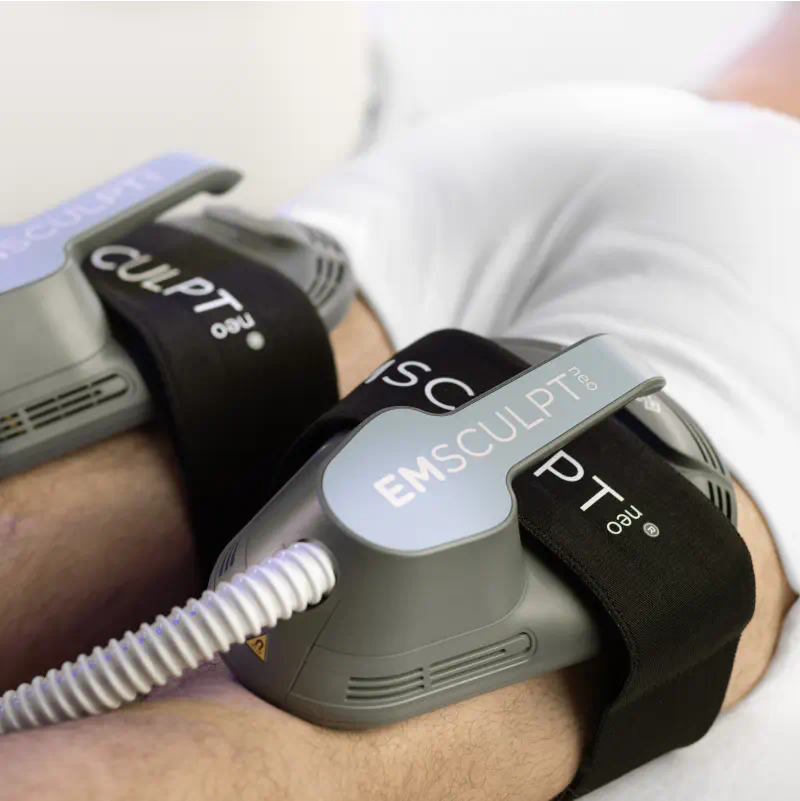

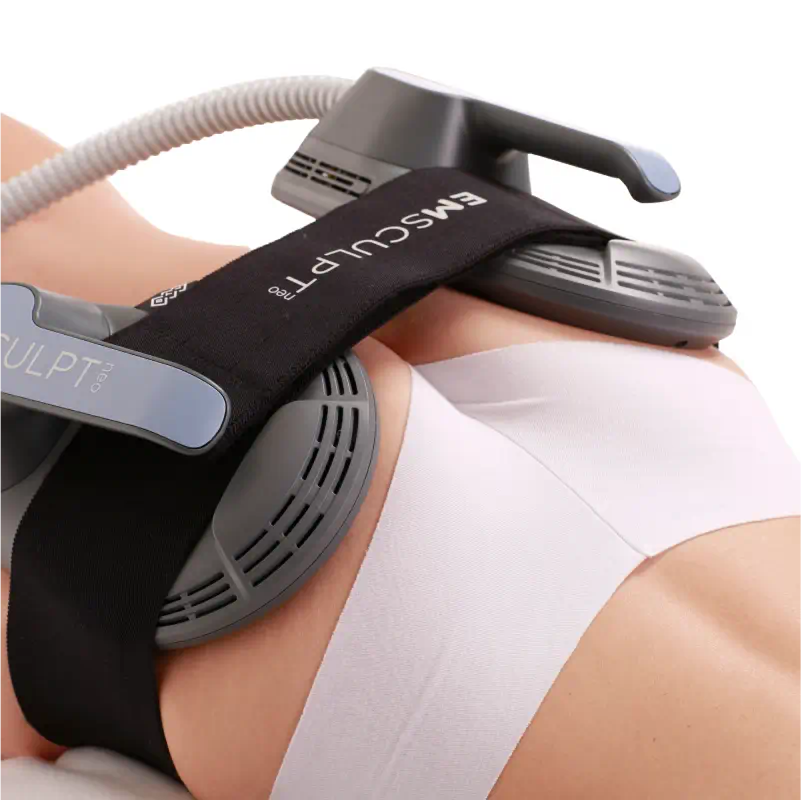
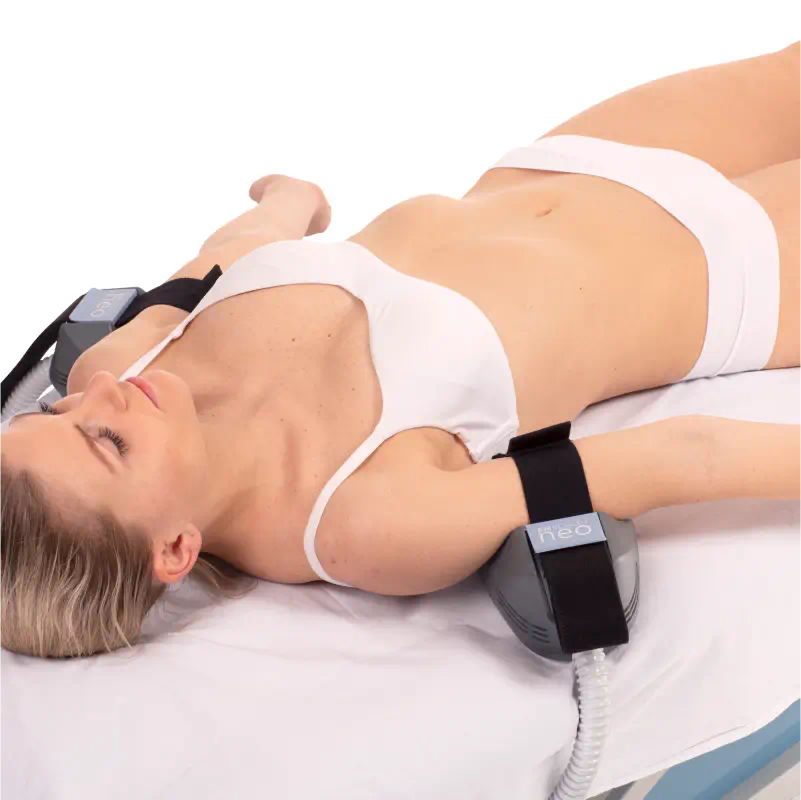





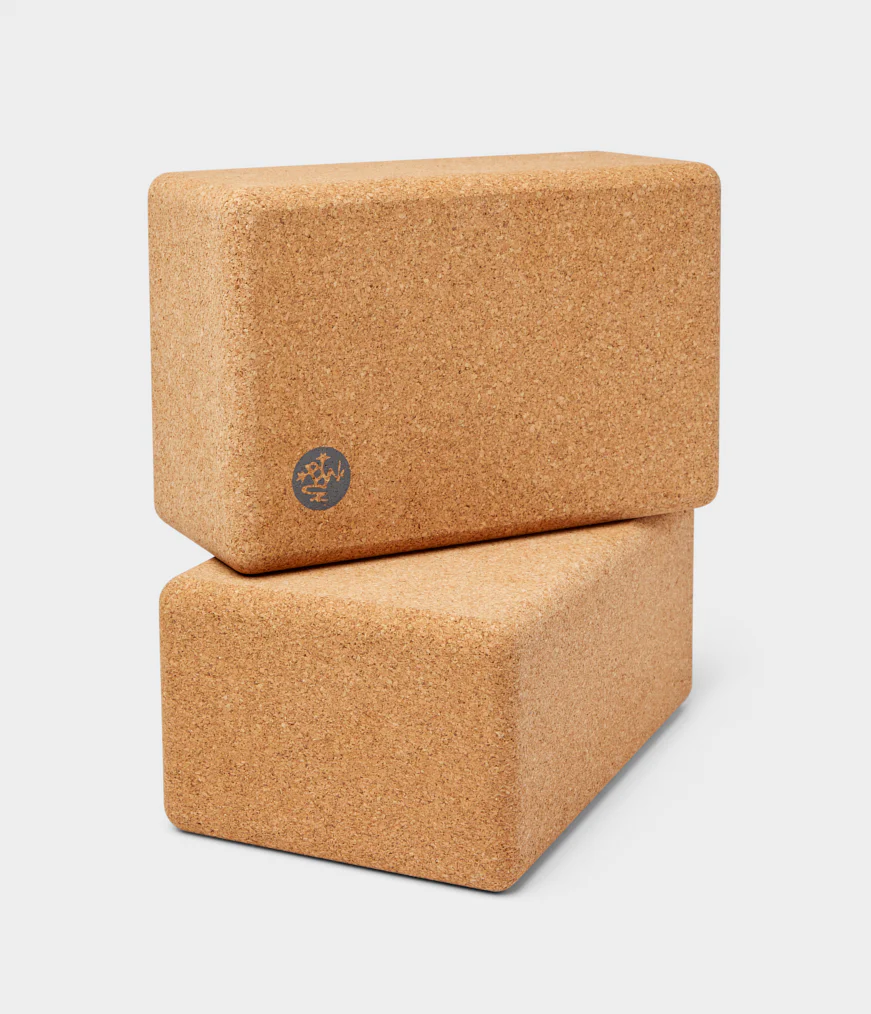







.png)










.png)
.png)
.png)

.png)
.png)












.png)
.png)

.png)
























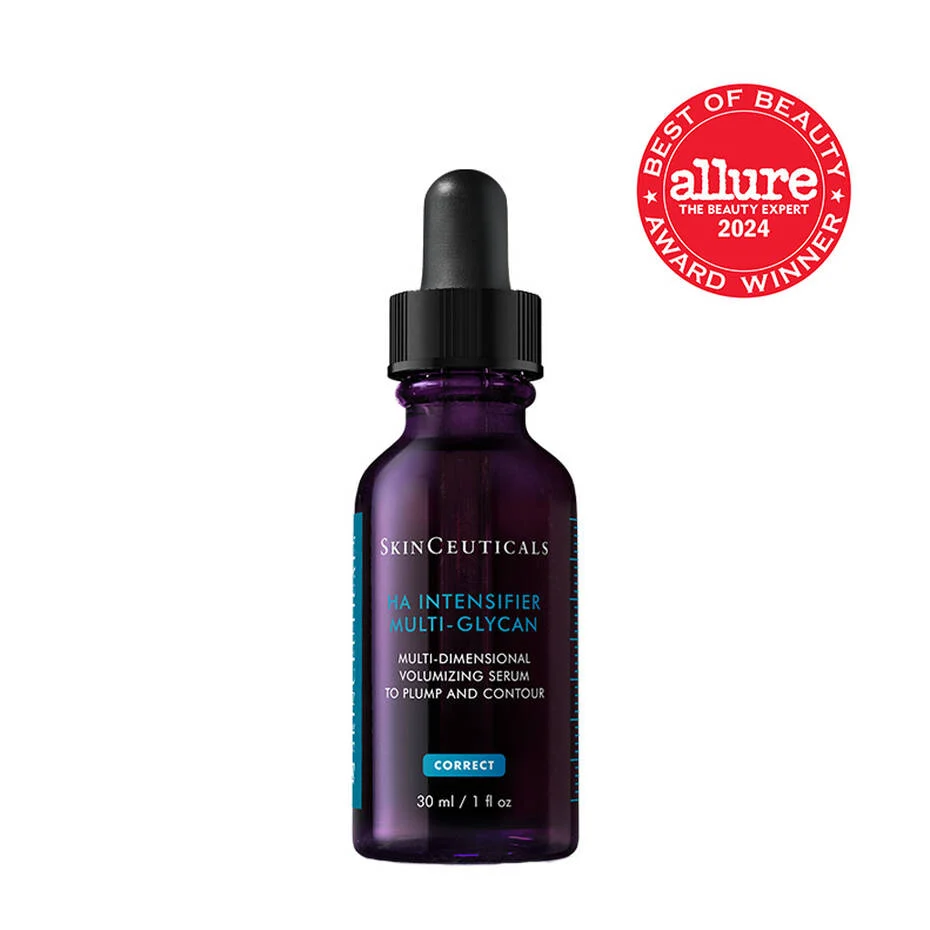




These are injectable neurotoxins that temporarily block signals from the nerves to the muscles, causing the muscles to relax. This helps smooth out wrinkles and fine lines caused by muscle contractions in areas like the forehead, crow's feet, and between the eyebrows.
These treatments are commonly used to treat facial wrinkles (such as crow’s feet, forehead lines, and frown lines), and also for medical purposes like reducing excessive sweating (hyperhidrosis), and treating chronic migraines.
Yes, neurotoxins like Botox can treat conditions such as chronic migraines, excessive sweating, and TMJ (temporomandibular joint) disorders.
Mild side effects like bruising, swelling, and headache are common. In rare cases, side effects can include drooping eyelids or brows, but these are temporary and subside within a few days to weeks.
Results typically last between 3 to 6 months, after which the treatment can be repeated to maintain the effects. For most people, results last about 3 months.
Most people can resume normal activities immediately, though it's advised to avoid rubbing or massaging the treated areas for 24 hours to prevent the toxin from spreading.